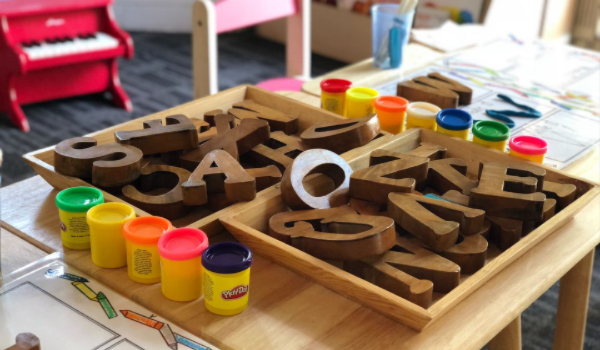Your child’s first day in school is exciting for you as a parent but might be dreadful to your little youngster. Nonetheless, beginning their education is still vital to your child, regardless of how they feel. Either way, finding a quality school for your child should be prioritized.
As overwhelming as it may seem, the task of deciding what to look for in a preschool is necessary and inevitable. For the perfect search to be a success, there are a couple of things you should keep in mind. Read on to figure out what to put into account while looking for a preschool for your child.
Inquire About the Curriculum
The ideal preschool curriculum is one that fosters social and emotional development, not forgetting academics. With different types of curriculum, find out how your choice will suit your child’s needs. Consider a curriculum that’s not only developmentally appropriate but one that your child will ultimately love, too.
Pre-schooling will help your child learn through play and discovery, i.e., observing, navigating and describing the environment. Look for a preschool whose curriculum accommodates different learning styles. A suitable primary program allows children to learn in different ways.
Deciding what to look for in a preschool? Include the curriculum. The best preschool curriculum should actively engage children in learning. It should include all details, i.e., music, arts and crafts, pre-writing activities, sensory experiments, etc.
What Qualifications Do The Teachers Have?
As a result of increased demand for early childhood education, employment opportunities for pre-school teachers have been predicted to grow by ten percent from 2016 to 2026. Considering the teacher’s qualifications is vital when looking for a preschool. Research shows that higher teacher education predicts a higher quality of care.
An excellent preschool teacher should have at least a four-year college degree in education. They should have education certificates. Good teachers should practice positive disciplining of children. They should instill discipline by patiently explaining and teaching children.
Communication
Research conducted in 2015 shows that around 51% of pre-school children aged three to five years attended full-day programs. There should be communication between the school and the parents. Most schools provide handbooks that inform parents about what they should expect from the school.
Communication can also get to you as a parent through emails, monthly newspapers, and calendars. Also, find out how individual preschool teachers communicate with parents. Despite the newsletters, look at how personalized the school feedback is. Strive to find out if it’ll be easy for you to know about your child’s experience to the fullest.
Time and Schedule
Wondering what to look for in a preschool? Timings of a pre-school program are essential, especially during the initial days. They help you plan your child’s routine for the entire day. When looking for a pre-school, consider one whose timings match your work and overall schedule.
Choosing a local preschool program will help you maintain a balance between you and your child’s schedules.
Time should top the list when determining what to look for in a preschool. Unlike primary and senior schools, a preschool shouldn’t start at the wee hours. Children require more time to get ready for school. Adjusting to a particular routine gives your child a sense of security as he/she knows what to expect.
A constant and predictable part of a child’s life makes them more stable and confident, therefore, helping them flourish. A preschool’s routine makes it easier for a child to transition to formal schooling later on.
Now that you know what to consider when looking for a pre-school, you can confidently weigh your options and pick the best for your child.



